Given this simple structure:
<div id="parent">
<div id="child">Lorem ipsum</div>
</div>
with this CSS:
#parent {
width: 200px;
height: 200px;
padding: 20px;
overflow-x: scroll;
}
#child {
width: 500px;
}
Live demo: http://jsfiddle.net/523me/5/
Notice that the parent has a 20px padding and that the child overflows horizontally (because it is wider). If you scroll the parent all the way to the right, you'll see that the child touches the right edge of the parent.
So, the parent should have a right padding, but it is ignored. It seems that when the child has a fixed width, the right padding of the parent does not apply. (Is this specified by a standard? I would love to know. Please let me know if you find anything!)
Is there a way to force the right padding to be applied in this scenario without having to remove any of the elements from the flow (by floating or positioning)?

Screenshot 1 - The right padding is ignored. This is how all current browsers behave.
Screenshot 2 - The right padding applies. This is what I'm trying to accomplish. (Btw, the screenshot is from IE7, which is the only browser which does not ignore the right padding.)